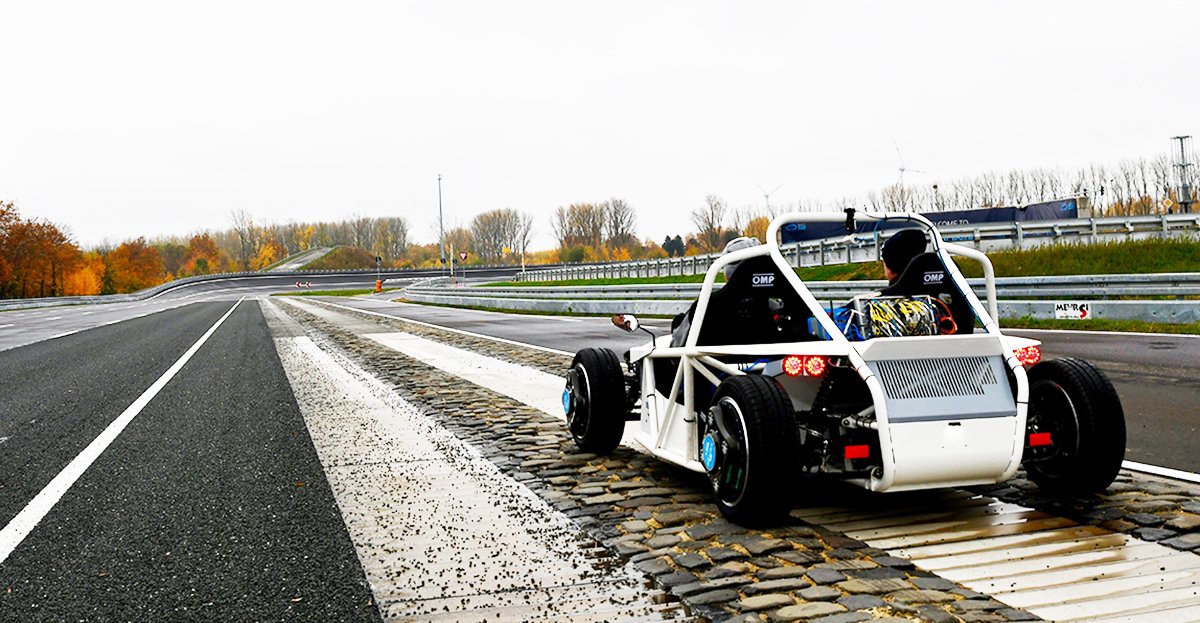The Leverage Effect: Exploring Impact FRF and Virtual Point Transformation (VPA)
In the world of engineering and product design, accurately predicting and mitigating noise, vibration, and harshness (NVH) issues is critical. Two powerful tools that engineers use to address these challenges are Impact Frequency Response Function (FRF) and Virtual Point Transformation (VPA).
Understanding NVH Prediction: The Role of Modal Analysis in the Automotive Industry
NVH (noise, vibration, and harshness) prediction is a critical process in the automotive industry to ensure customer satisfaction, safety, and compliance with regulatory requirements.
Acoustic Testing
Acoustic Testing is performed to determine if the material can resist the specified Acoustic environment. It must resist this environment without degradation of its functional performance and/or structural integrity. Acoustic Testing or Acoustic Emission Testing is the measurement of sound emissions radiating from the equipment under test. In other words, how loud is the equipment?
NVH Testing for Automotive
NVH, which stands for Noise, Vibration, and Harshness, is the study of the noise and modification vibration characteristics of vehicles and is basically a measure of how much unpleasant aural and tactile feedback the vehicles deliver as you drive. NVH testing enables early recognition of NVH phenomena, which can then be avoided early during the development stage of the powertrain. This later makes driving in the production vehicle more comfortable and serves to avoid complaints and a loss of image.
French Automaker Optimizes Battery Pack with Simcenter Amesim
In the pursuit of excellence and innovation, PSA Peugeot Citroën embraced the power of Siemens Digital Industries Software's Simcenter™. The comprehensive simulation and testing capabilities enabled them to revolutionize the automotive industry and set new standards for vehicle performance, safety, and environmental sustainability. As technology continues to advance, embracing cutting-edge solutions like Simcenter™ will be crucial for any automotive manufacturer seeking to stay ahead in this dynamic and competitive landscape.
Modal Analysis for NVH Prediction: The Role of Testing and Simulation
NVH (noise, vibration, and harshness) prediction is a critical process in the automotive industry to ensure customer satisfaction, safety, and compliance with regulatory requirements. Modal analysis is a popular technique used for NVH prediction, involving both testing and simulation. The goal of modal analysis is to measure the natural frequencies, damping ratios, and mode shapes of a structure, which can be used to identify the sources of noise and vibration and make improvements to the design. While modal analysis offers several benefits, such as cost savings and faster time to market, there are also some challenges associated with the technique, including complexity and cost. In this article, we will explore modal analysis for NVH prediction, its benefits, and its challenges.
End-To-End Durability for Automotive
The Siemens Industry Software Simcenter engineers put the end-to-end durability solution to the test on the rough tracks of a German proving ground. The outcome is a step-by-step account of a test campaign that demonstrates the effectiveness of the solution. The story starts with a small but punchy electric sports vehicle that grew into a test vehicle for a condensed but complete durability measurement campaign.






